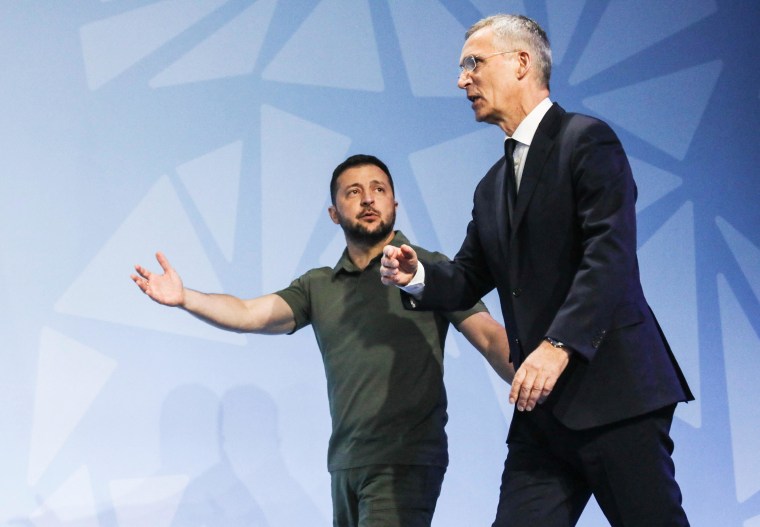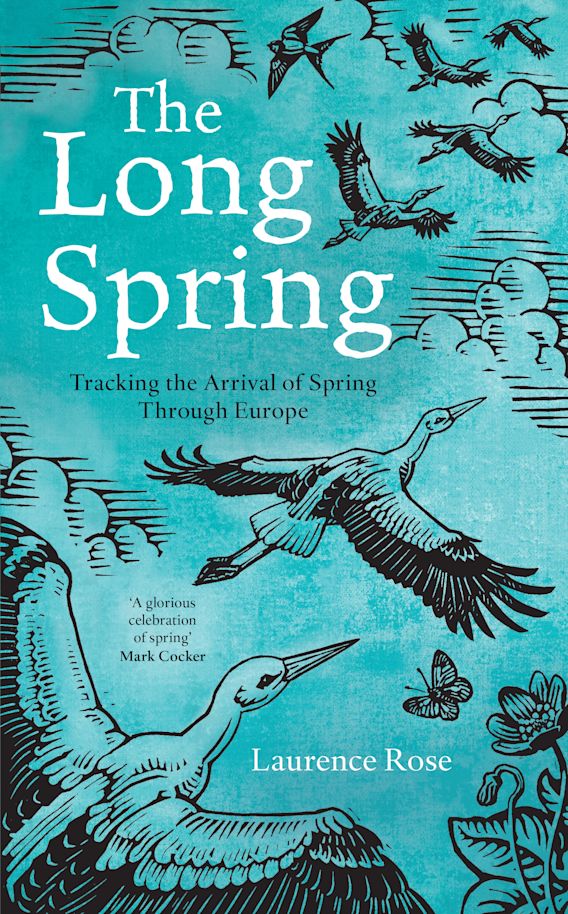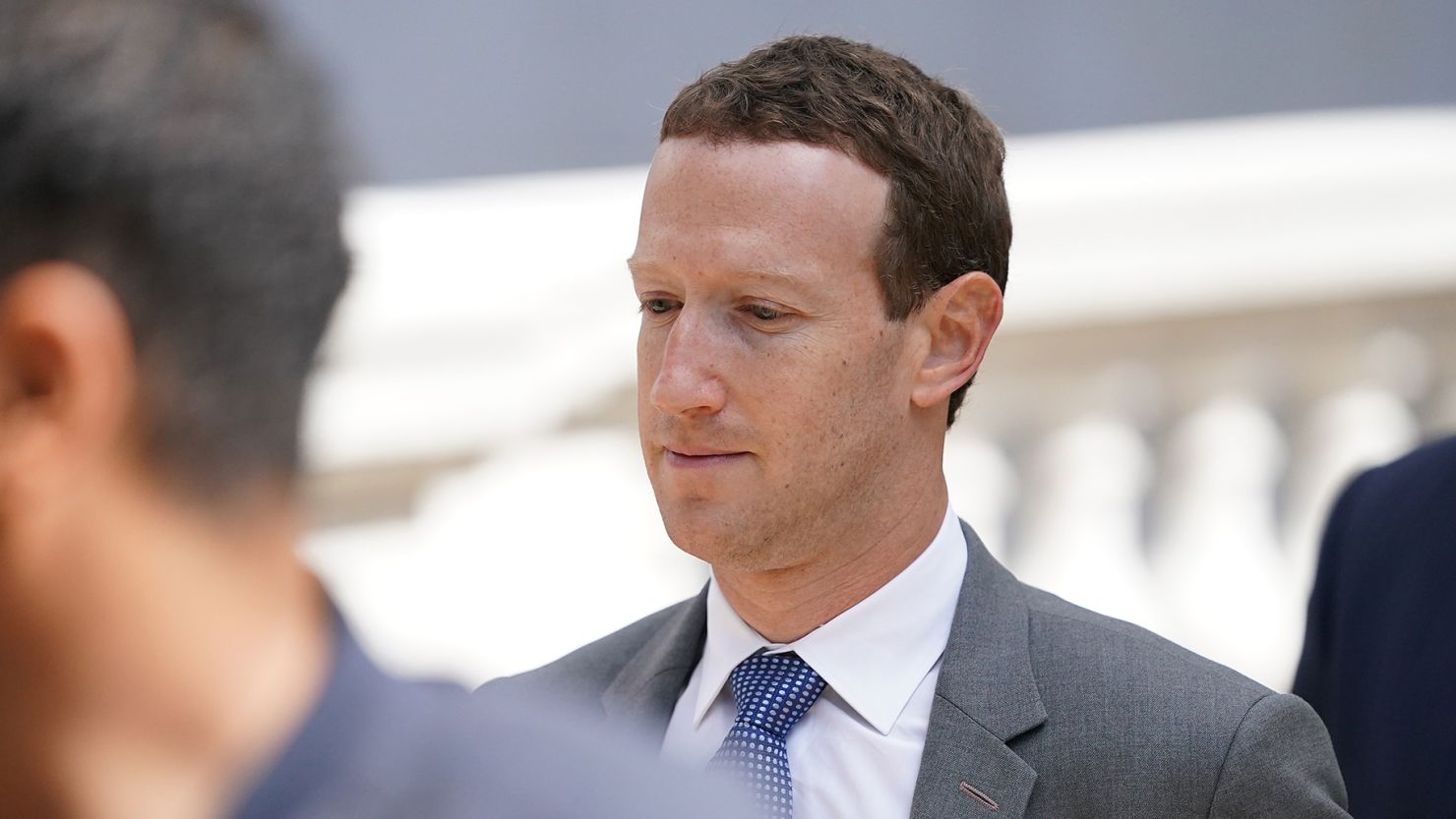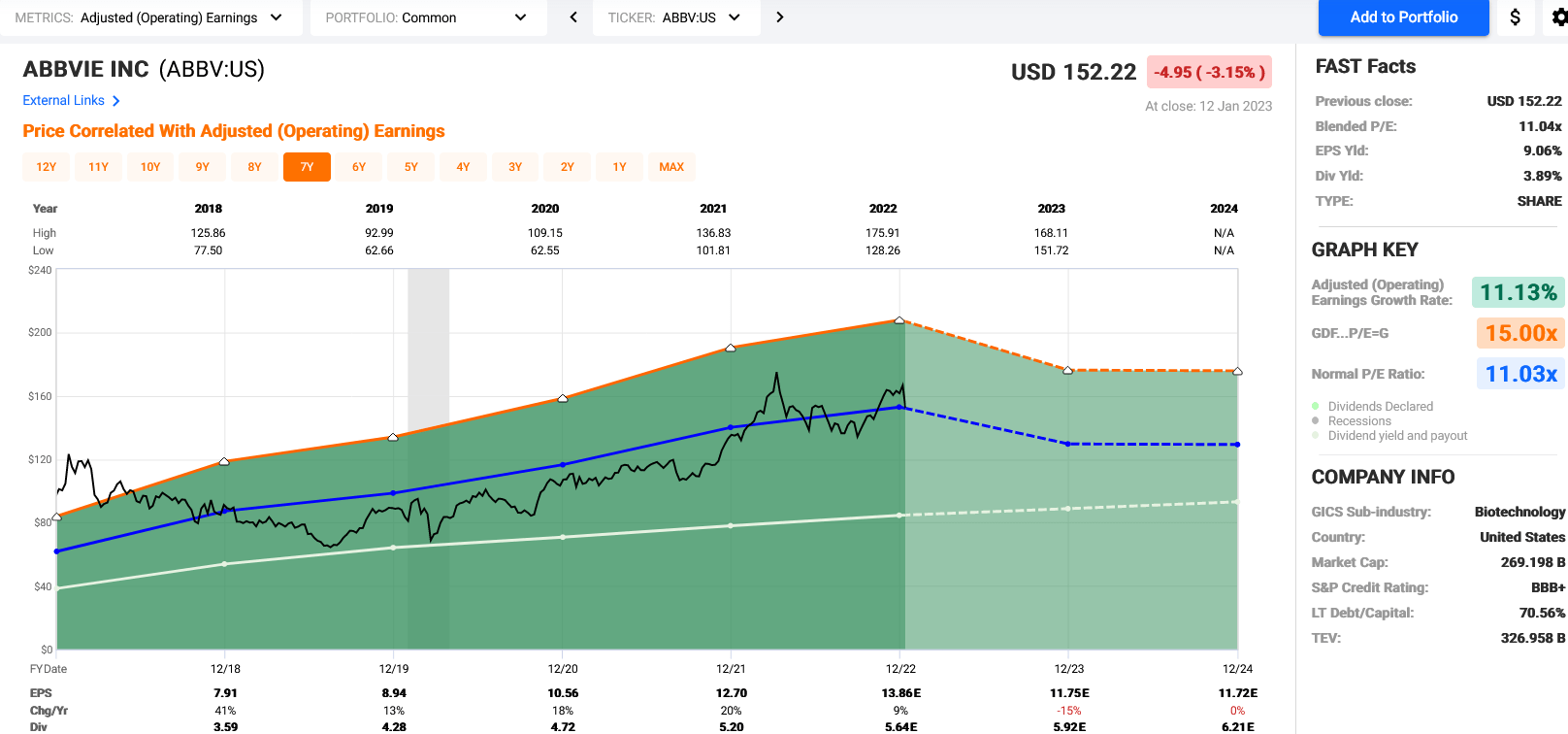Trump's Stance On Ukraine's NATO Membership: A Critical Analysis

Table of Contents
Trump's Public Statements on Ukraine's NATO Bid
Ambiguity and Contradictions
Trump's public statements regarding Ukraine's NATO membership were characterized by a striking lack of clarity and frequent contradictions. He oscillated between expressions of support and overt skepticism, leaving allies and adversaries alike uncertain about the US commitment.
- Supportive Statements: While not explicitly endorsing immediate membership, Trump occasionally acknowledged Ukraine's desire to join NATO, suggesting a potential pathway to membership under certain conditions. These statements often came during interactions with Ukrainian officials or in broader pronouncements about US support for Ukraine's sovereignty.
- Skeptical or Negative Statements: Conversely, Trump frequently questioned the value of NATO expansion, particularly concerning Ukraine. He voiced concerns about the financial burden and strategic implications of including Ukraine, often suggesting that such a move would unnecessarily antagonize Russia. These statements were often made in public forums, including press conferences and interviews.
- Timing and Political Context: The timing of these contrasting statements often correlated with broader political events. Supportive comments sometimes followed high-profile meetings with Ukrainian leaders, while skeptical remarks frequently emerged amidst attempts to improve relations with Russia. This inconsistency fueled speculation about the true nature of Trump's intentions.
Emphasis on Transactional Diplomacy
Trump's approach to foreign policy was largely characterized by transactional diplomacy – a focus on negotiating deals and achieving specific, tangible benefits for the United States. This mindset cast a shadow over his handling of Ukraine's NATO ambitions. The question arose: did Ukraine's NATO aspirations meet Trump's cost-benefit calculations?
- Transactional Diplomacy Examples: Trump's negotiations with North Korea and his approach to trade deals provide clear examples of his preference for transactional diplomacy, often prioritizing immediate gains over long-term strategic considerations.
- Comparison to Traditional Alliances: Traditional alliance systems, such as NATO, are rooted in shared values and mutual security guarantees. Trump's transactional approach challenged this fundamental principle, raising concerns about the reliability of US commitments within the alliance.
- Implications for Alliance Reliability: The uncertainty surrounding Trump's position on Ukraine's NATO bid undermined confidence in the US commitment to collective defense and cast doubt on the overall reliability of the alliance. This had significant repercussions for both Ukraine and other NATO members.
Potential Motivations Behind Trump's Stance
Russia's Influence and Appeasement
A widely debated theory suggests that Trump's reluctance to firmly support Ukraine's NATO aspirations stemmed from a desire to appease Russia. This interpretation points to potential Russian influence on his decision-making process.
- Positive Interactions with Putin: Trump's numerous meetings and interactions with Vladimir Putin, along with his often favorable public remarks about the Russian president, provided fuel for this theory.
- Downplaying Russian Aggression: Trump's repeated downplaying of Russian aggression in Ukraine, including the annexation of Crimea and the ongoing conflict in Donbas, further fueled suspicions of Russian influence.
- Evaluation of Russian Influence: Evaluating the extent of Russian influence on Trump's Ukraine policy remains a subject of ongoing debate and requires further research. However, the confluence of events and statements certainly raises serious questions.
"America First" Ideology
Trump's "America First" ideology also played a significant role in shaping his stance on Ukraine's NATO bid. This philosophy prioritized American national interests above international cooperation and collective security arrangements.
- "America First" Policy Examples: Trump's withdrawal from the Paris Agreement and the Iran nuclear deal exemplify his "America First" approach, emphasizing national self-interest even at the cost of international partnerships.
- Costs of Prioritizing National Self-Interest: Prioritizing national self-interest over alliance commitments carries significant risks, weakening collective security mechanisms and potentially emboldening adversaries.
- Impact on NATO Credibility: Trump's ambiguous stance on Ukraine's NATO membership damaged NATO's credibility, creating uncertainty among its members about the alliance's ability to protect its members effectively.
Impact of Trump's Stance on Ukraine and NATO
Weakening of NATO Cohesion
Trump's fluctuating and often hesitant approach to Ukraine's NATO aspirations significantly weakened NATO cohesion. His actions and rhetoric sowed discord among alliance members and emboldened Russia.
- Strained Relationships within NATO: Trump's frequent criticisms of NATO allies, particularly regarding defense spending, contributed to strained relationships within the alliance, undermining the sense of unity and mutual support.
- Impact on Defense Spending Commitments: Trump's pressure on NATO allies to increase their defense spending created divisions within the alliance and raised concerns about the future of collective defense.
- Consequences for Collective Defense: The uncertainty generated by Trump's stance on Ukraine's NATO bid weakened the alliance's collective defense posture, potentially increasing the vulnerability of its members.
Increased Vulnerability for Ukraine
The ambiguity surrounding Ukraine's NATO membership prospects under the Trump administration significantly increased Ukraine's vulnerability. This uncertainty emboldened Russia and heightened the security risks faced by Ukraine.
- Security Risks Faced by Ukraine: The lack of a clear commitment from the US regarding NATO membership for Ukraine left Ukraine more exposed to Russian aggression.
- Potential for Increased Russian Aggression: Trump's reluctance to firmly support Ukraine's NATO aspirations may have inadvertently encouraged further Russian aggression.
- Consequences for Ukrainian Sovereignty: The uncertainty surrounding Ukraine's security situation undermined its sovereignty and territorial integrity, increasing the risk of further Russian incursions.
Conclusion
Trump's inconsistent and often ambiguous stance on Ukraine's NATO membership had profound implications for both Ukraine and the transatlantic security architecture. Motivated by a combination of transactional diplomacy, potential Russian influence, and his "America First" ideology, Trump’s approach weakened NATO cohesion, increased Ukraine's vulnerability, and raised serious questions about the reliability of US commitments within the alliance. This had significant repercussions for transatlantic security and the broader global order. Further research is needed to fully understand the long-term consequences of this approach. Understanding Trump's Ukraine NATO stance remains crucial to navigating future challenges in Eastern Europe and maintaining a strong and united NATO alliance. Engage in further reading and analysis to fully grasp the complexities of this critical issue.

Featured Posts
-
 Long Live The Lente Your Guide To Springs Language
Apr 26, 2025
Long Live The Lente Your Guide To Springs Language
Apr 26, 2025 -
 The Smelliest Congressman A Case Of Unbearable Body Odor
Apr 26, 2025
The Smelliest Congressman A Case Of Unbearable Body Odor
Apr 26, 2025 -
 How Trumps Presidency Will Shape Zuckerbergs Leadership At Meta
Apr 26, 2025
How Trumps Presidency Will Shape Zuckerbergs Leadership At Meta
Apr 26, 2025 -
 Abb Vie Abbv Stock Rises On Exceeding Sales Expectations And Increased Profit Forecast
Apr 26, 2025
Abb Vie Abbv Stock Rises On Exceeding Sales Expectations And Increased Profit Forecast
Apr 26, 2025 -
 Challenges Ahead The Next Fed Chair Faces A Trump Shaped Economy
Apr 26, 2025
Challenges Ahead The Next Fed Chair Faces A Trump Shaped Economy
Apr 26, 2025
Latest Posts
-
 Vegas Golden Nayts Pobezhdaet Minnesotu V Overtayme Pley Off
May 09, 2025
Vegas Golden Nayts Pobezhdaet Minnesotu V Overtayme Pley Off
May 09, 2025 -
 Hertls Injury Will The Golden Knights Face A Key Absence Against The Lightning
May 09, 2025
Hertls Injury Will The Golden Knights Face A Key Absence Against The Lightning
May 09, 2025 -
 Weston Cage Coppola Lawsuit Remains Despite Dismissal Of Claims Against Nicolas Cage
May 09, 2025
Weston Cage Coppola Lawsuit Remains Despite Dismissal Of Claims Against Nicolas Cage
May 09, 2025 -
 Nicolas Cages Legal Battle Partial Dismissal Son Westons Case Continues
May 09, 2025
Nicolas Cages Legal Battle Partial Dismissal Son Westons Case Continues
May 09, 2025 -
 Edmonton Unlimiteds Global Impact Strategy Scaling Tech And Innovation
May 09, 2025
Edmonton Unlimiteds Global Impact Strategy Scaling Tech And Innovation
May 09, 2025
